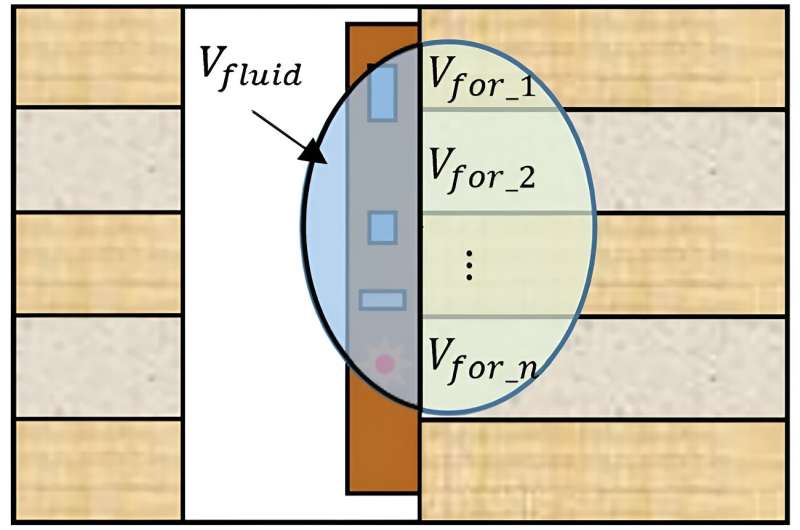
Conventional nuclear measurement techniques, such as Monte Carlo simulations, are known for their extensive computational demands and prolonged processing times, especially when applied to unconventional reservoirs characterized by complex lithologies. These traditional methods often fall short in efficiently interpreting geological formations, presenting significant challenges in environments where precision and speed are critical.
A study demonstrates the computational approach, the Fast Forward Computational Method (FFCM), recently published in the Journal of Nuclear Science and Techniques, has been developed to significantly enhance the accuracy of nuclear measurements in complex environments. This innovative method addresses the challenges posed by conventional techniques in interpreting geological formations.
The research introduces a pioneering computational strategy, the Fast Forward Computational Method (FFCM), which revolutionizes the precision of nuclear measurements in geologically challenging environments. Central to this innovation is the method’s unique ability to rapidly process and analyze data, a stark contrast to the traditional, time-consuming Monte Carlo simulations.
FFCM leverages perturbation theory and the Rytov approximation to model detector responses with unparalleled speed and accuracy by constructing an extensive data library of simulated scenarios. This modeling accounts for various environmental perturbations, effectively minimizing errors in scenarios fraught with complexity.
The technique’s prowess was validated through its application to neutron porosity tools, where it showcased not only its practical utility in real-world field wells but also its remarkable compatibility with existing interpretive models.
This method, currently being incorporated into a leading oil company’s software platform, has been proven very useful in developing new nuclear well logging tools while significantly enhancing the use of current nuclear tools in high-angle and horizontal wells that are typically difficult to address.
According to Qiong Zhang, the lead researcher, “The FFCM stands as a transformative solution, rapidly calculating detector responses in complex environments and overcoming the limitations of traditional methods. Its application in field wells shows remarkable agreement with interpreter models, proving its validity and accuracy.”
This method has shown exceptional promise in neutron porosity tools, demonstrating its practicality in field applications. Its ability to provide rapid, accurate measurements in various complex environments makes it a valuable tool in advanced petroleum exploration and other geological assessments.
More information:
Qiong Zhang et al, A fast forward computational method for nuclear measurement using volumetric detection constraints, Nuclear Science and Techniques (2024). DOI: 10.1007/s41365-024-01393-6
Citation:
New computational technique enhances accuracy of measurements in nuclear geoscience (2024, March 26)
retrieved 26 March 2024
from https://phys.org/news/2024-03-technique-accuracy-nuclear-geoscience.html
This document is subject to copyright. Apart from any fair dealing for the purpose of private study or research, no
part may be reproduced without the written permission. The content is provided for information purposes only.

